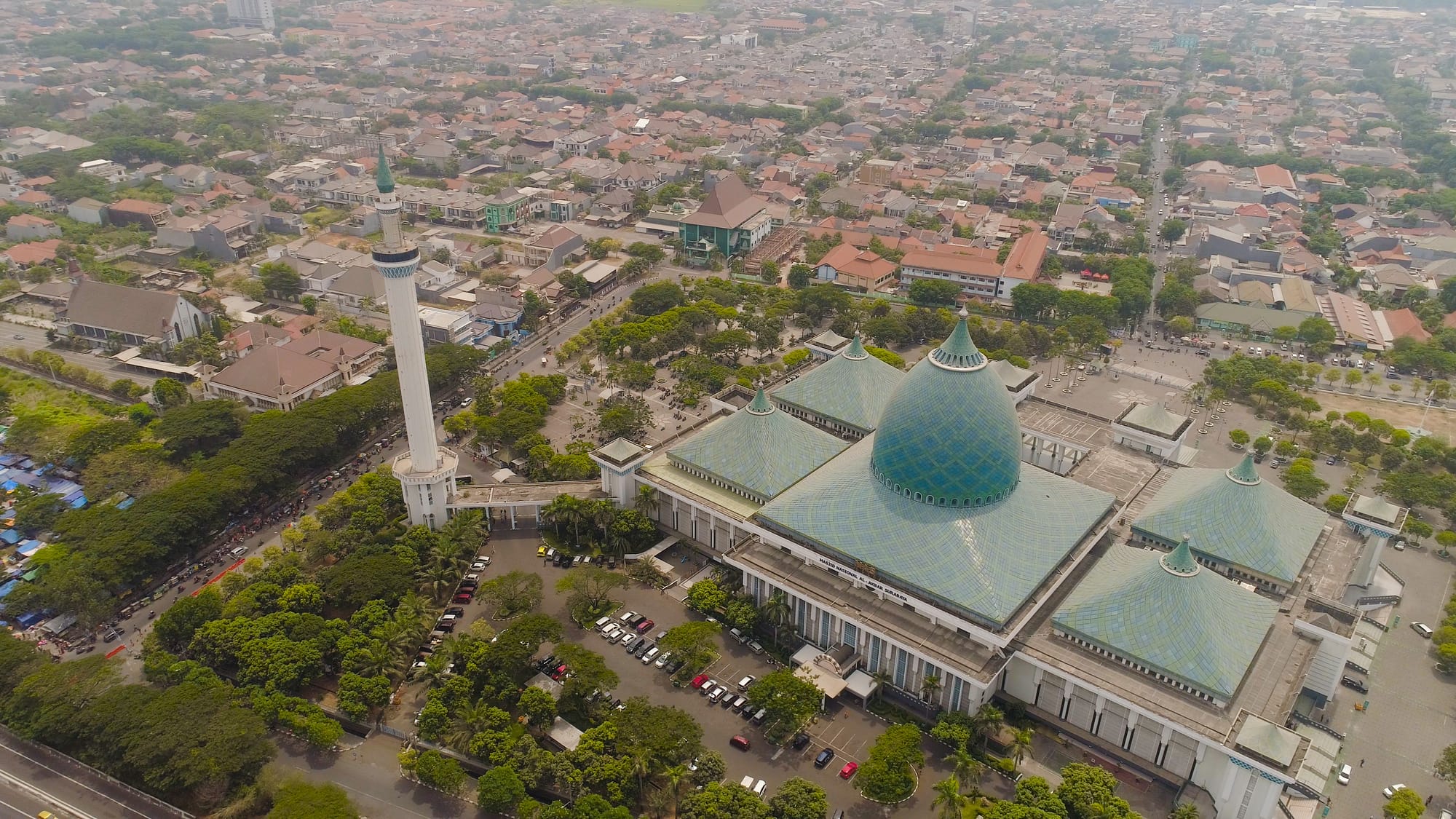Dedicated to one of the globe's largest autonomous Islamic entities, the museum welcomes explorers to traverse the interwoven path of faith and nation through a variety of scrupulously conserved displays. Since its inception in 1926, NU has been instrumental in fostering religious comprehension and promulgating a moderate interpretation of Islam in Indonesia, embedding principles of ►
Dedicated to one of the globe's largest autonomous Islamic entities, the museum welcomes explorers to traverse the interwoven path of faith and nation through a variety of scrupulously conserved displays. Since its inception in 1926, NU has been instrumental in fostering religious comprehension and promulgating a moderate interpretation of Islam in Indonesia, embedding principles of tolerance, inclusiveness, and harmony amidst shifting societal and political paradigms. The museum artfully narrates this extensive saga, shedding light on the organization’s origins, its impactful leaders, and its deep-seated influence on Indonesia’s socio-political domain.
A highlight that invariably allures visitors is the magnificent assemblage of personal items belonging to Hadratussyaikh KH Hasyim Asy’ari, the esteemed founder of NU. Encased in intricately designed displays, these artifacts afford an intimate peek into his existence, aspirations, and the unassuming inception of an entity that would ultimately shape a nation. Papers, hand-penned correspondences, and retro photographs interweave the personal with the political, offering a tangible link to pivotal epochs and personalities of yesteryears.
Wandering through the museum, NU’s thorough archive of historical documentation takes visitors on an in-depth exploration of Indonesia’s quest for freedom and NU’s embeddedness in this significant era. Walls graced with images and life stories of noteworthy leaders and activists resurrect the ethos of unity, sacrifice, and rebellion against colonial subjugation. Observers witness the evolutionary journey from foundational religious teachings to the emergence of a potent entity advocating for both the spiritual and societal well-being of the nation.
The museum’s architectural charm, reflecting traditional Javanese style, imbues the space with an inherently Indonesian essence. The structure itself epitomizes the harmonious amalgamation of cultural and Islamic architectural philosophies. Exquisite Javanese carpentry, set against Islamic inscriptions and embellishments, conjures an atmosphere that is simultaneously authentic and spiritually resonant. This consciously constructed space cultivates a setting wherein historical exploration transitions into a tranquil and reflective journey.
Beyond the poignant historical accounts, the Museum of Nahdlatul Ulama also judiciously safeguards an extensive assortment of traditional Islamic art and cultural relics. From the nuanced beauty of calligraphy to the lively hues of customary attire, each piece forms a tactile bridge to the past, enticing visitors to navigate the opulence of Islamic culture through tangible, sensory engagements. Moreover, representations of traditional academic establishments, or "pesantren," illustrate the educational ethos and milieu where Islamic doctrines have been seamlessly integrated with societal norms.
A visit to the Nahdlatul Ulama Museum thus becomes a time-traveling adventure, presenting moving reminders of the trials, triumphs, and unyielding spirit of those who passionately crafted the fabric of Indonesia’s Islamic and national identity. The museum not only safeguards historical relics but also shines as a luminary that highlights the values of tolerance, unity, and understanding espoused by NU. It constitutes a marvelous harmony of history, culture, and spirituality that resonates across time, inspiring a future where the past is honored, the present is cherished, and the future is embraced with insight and optimism. ◄
